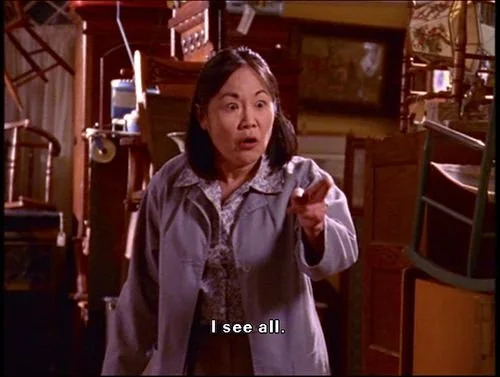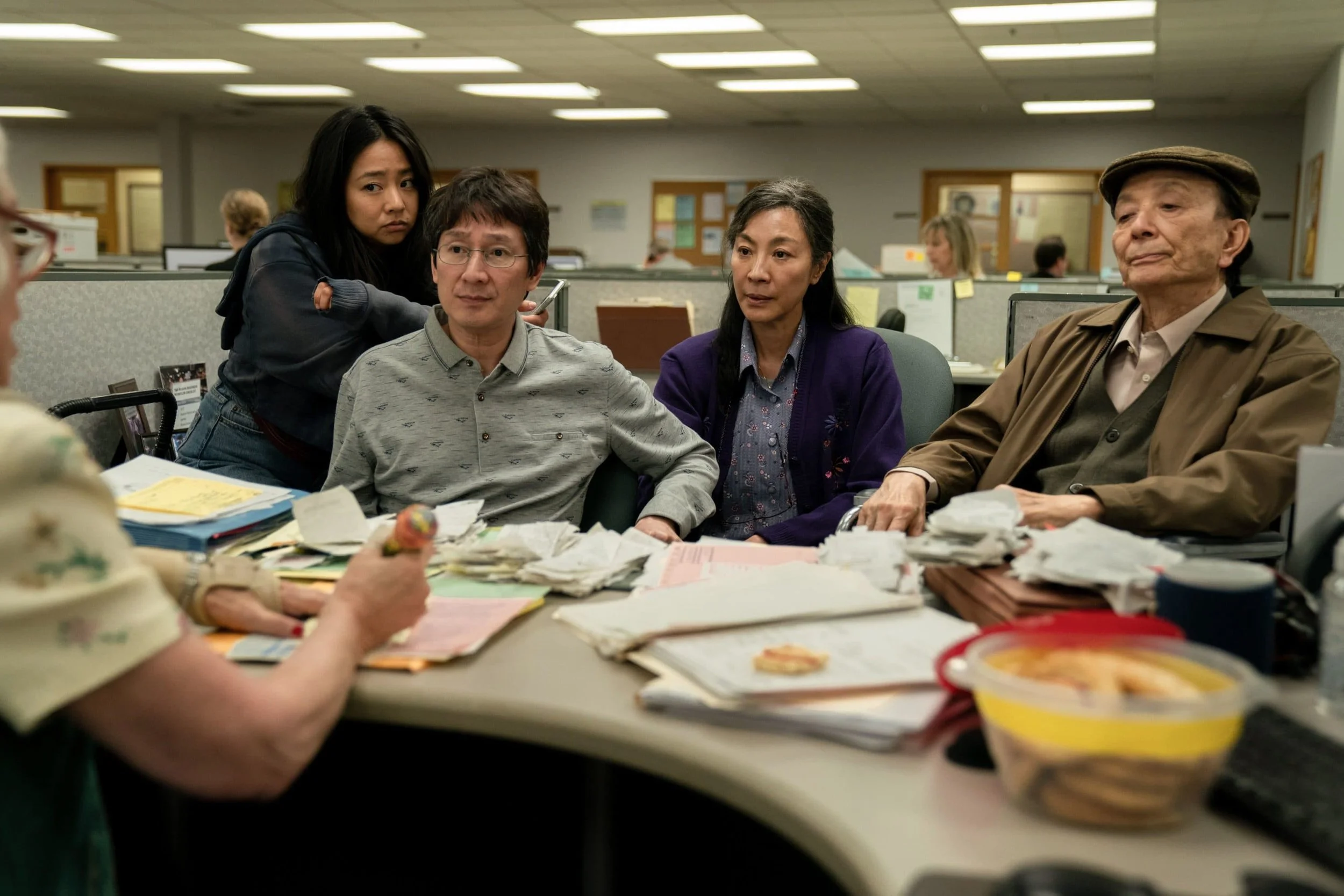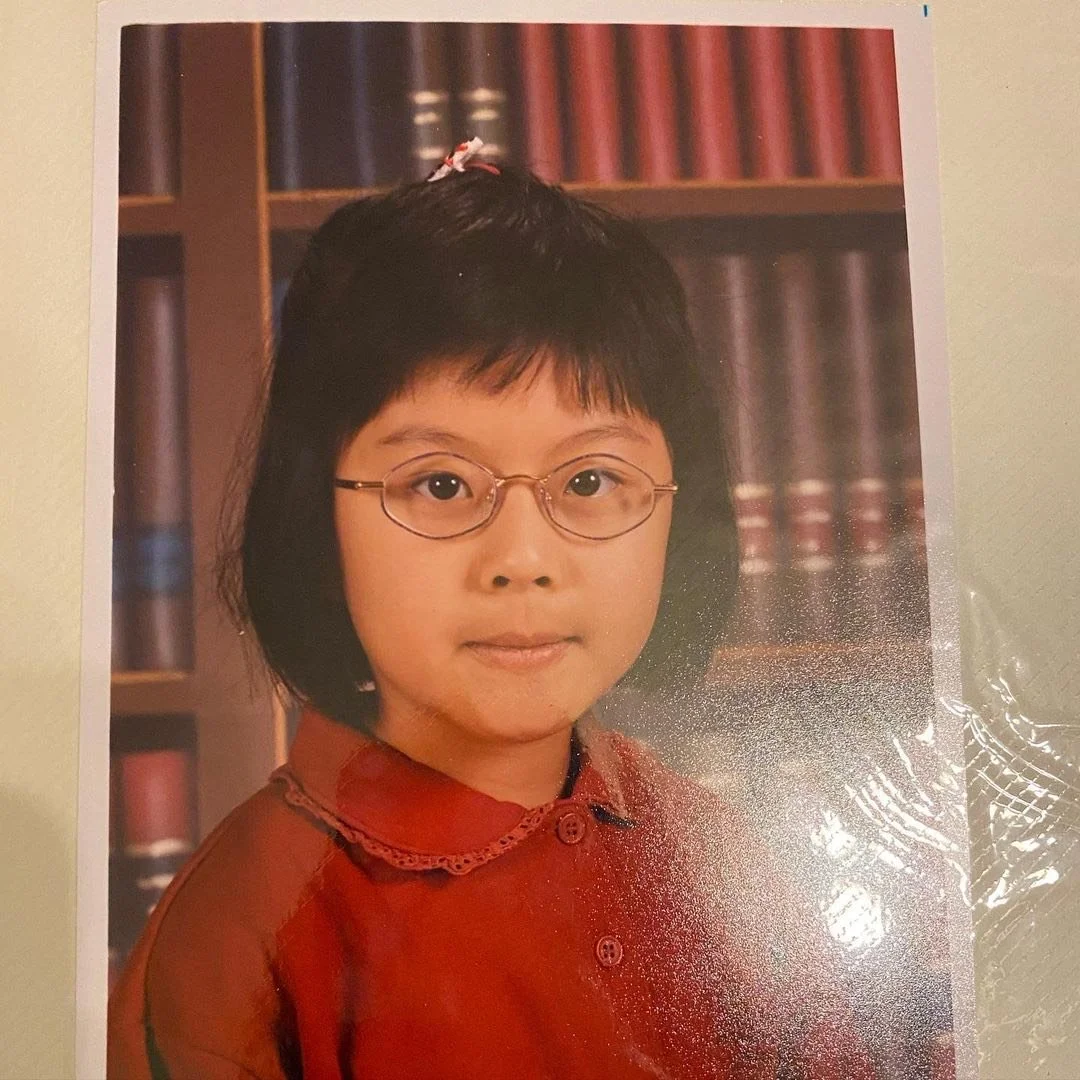Tiger Mom Redefined: How 2022 Films Subverted the Tired Trope
Films like “Turning Red” and “Everything Everywhere All At Once” challenge the often overused stereotype and reveal more about the matriarch’s inner dialogues and worries.
Early on in the Disney Pixar film Turning Red, protagonist Mei Lee is subject to public humiliation when she spots her mother Ming Lee spying on her behind a tree while she’s in class.
You can’t help but cringe watching it all unfold. A security guard discovers Ming acting not-so-subtly. An argument ensues, leading Mei to erupt into a giant red panda in embarrassment. As the situation escalates, she ends up running away from school.
I couldn’t help but laugh watching the scene, as it reminded me of my own childhood. Spying on me was something my own mother would do when I was in elementary school. “If you’re being bad in class, Mommy is always watching,” she’d say.
As much as it makes me cringe to see my childhood trauma play out on the screen as an adult, it’s refreshing to finally see realistic depictions of Asian children and their parents in the media. I’m far from the only person who grew up in a strict household with a so-called “tiger mom.” And in a year that brought us films like Turning Red and Everything Everywhere All At Once, I’m happy to see mainstream stories that are challenging that often overused stereotype.
Coined by Yale Law School professor Amy Chua in her 2011 memoir Battle Hymn of the Tiger Mother, a “tiger mom” is described as a strict or demanding mother who pushes her children to high levels of achievement.
In television and movies, the overbearing tiger mother character is often cast to Asian women with no backstory or other personality traits. In Gilmore Girls, it was the strict and religious Mrs. Kim, who didn’t allow her daughter Lane Kim to get a boyfriend and insisted that she get straight As. And in Amy Poehler’s Moxie, the character Claudia is discouraged from voicing her political concerns from her mother, and instead asked to focus on her academics. Both Turning Red and Everything Everywhere All At Once could have easily gone the same route. But instead, they reveal more about the matriarch’s inner dialogues and worries.
Emily Kuroda as Mrs. Kim in Gilmore Girls.
In Turning Red, we learn Ming’s concerns for her daughter Mei stems from her own strict upbringing and unresolved issues from her mother. Realizing she does not want that to happen with her daughter, Ming comes to accept Mei for embracing her new red panda identity.
Everything Everywhere All At Once shows an even more complex version of the Asian mom. Michelle Yeoh’s Evelyn runs a failing business and is in a seemingly loveless marriage. She’s cynical, and is at odds with her daughter Joy (Stephanie Hsu) for being in a same sex relationship. As the movie goes on, we learn Evelyn holds deep regret for her choice of moving to another country where she barely knows the language, and running off to marry a man her family disapproves of. In a strange turn of events, Yeoh’s Evelyn is forced to confront her life decisions as she’s thrown into different universes that include a monstrous IRS agent and an everything bagel of doom. But through these unusual obstacles, Evelyn comes to realize she’s hurting the people around her.
Stephanie Hsu, Ke Huy Quan, Michelle Yeoh and James Hong in Everything Everywhere All at Once.
Watching both of these movies was at times uncomfortable, but it was also affirming to see flawed and complex Asian mother characters who revealed their own vulnerabilities, fears and emotions. That’s because it helped me see my own mom in a different light.
As the youngest of two daughters in my family, I had often grown resentful for my mother’s strictness when it came to school, dating and hanging out with friends. My mom is one of 10 siblings, and grew up having to share everything, from clothes to her bed. She’d often tell me how poor her family was in Hong Kong, and that coming to Canada was for a better life. When I was young, I felt her stories were a way to guilt me into behaving and being a better daughter.
I never pictured how difficult her journey to this country was with a language barrier and cultural differences. I later realized she was trying to protect me from the hardships she experienced moving here. This is why representation of our mothers in stories like Turning Red and Everything Everywhere All At Once is important. They help us see the other side.
Michelle Yeoh and Stephanie Hsu in Everything Everywhere All At Once.
According to Toronto filmmaker Andrew Chung, many in the Asian community resonated with those movies because they highlight the expectations placed on us from our parents.
“I think that’s a result of us feeling almost guilty that they brought us to this country for a better life, and we feel like we owe them something,” he said.
While Chung says he also saw his own mother in the matriarchal roles portrayed in Turning Red and Everything Everywhere All At Once, he thinks there’s still lots of work to be done when it comes to telling nuanced stories about Asian mothers and their children.
Chung adds that not all stories come with positive resolutions. And while Turning Red and Everything Everywhere All At Once had happy endings, he says that’s not always realistic.
“I never pictured how difficult [my mother’s] journey to this country was with a language barrier and cultural differences. I later realized she was trying to protect me from the hardships she experienced moving here. This is why representation of our mothers in stories like Turning Red and Everything Everywhere All At Once is important. They help us see the other side.”
In 2021, Chung co-founded the Asian Canadian Film Alliance in an effort to bring more inclusive storytelling to the film industry. He adds that he wants to see more representations between Asian children and parents where things don’t necessarily get tied up nicely or follow common tropes.
“Culturally, we’re always trying to save face to some extent. We don’t want to show people our dirty laundry. Like, we don’t want to tell a story where the mother and the daughter end up in an irreconcilable place,” he said. “We want to see them connected, understanding each other, and everything is great about the relationship at the end.”
I agree with Chung that the film and TV industry is still far behind when it comes to telling nuanced stories between Asian kids and their parents. But at the same time, it’s rare for me to find films to bond with my family over.
Earlier this summer, when my sister and parents were isolating from COVID-19, I told them to watch Turning Red to pass time. During the film, my sister would text me my mother’s reactions in real-time. My mother denied that she was anything like Ming Lee, but laughed when we brought up she spied on us in school, too. Deep down, I think my mom understood where we were coming from.
Days later, I showed my mom a photo of me from Grade 1. In it, I’m wearing glasses, with a bob haircut. “Don’t I look like Mei Lee, the girl in Turning Red?” I asked. We laughed together. It may not have been much, but I knew there was common understanding between us.
The author, Samantha Lui, in the first grade. Supplied photo.
I often wonder what a difference it would have made for our relationship when I was growing up if there were more stories like this to watch together. It’s a bit sad that it’s only taken until my early 30s to finally be able to see these types of stories onscreen. But nevertheless, it’s been gratifying to find films me and my mom can both relate to. We have to start somewhere. So here’s hoping 2023 brings more nuanced stories about Asian moms and beyond.
Samantha Lui is a journalist and radio producer. Her work has appeared on CBC, VICE, NBC Asian America, HuffPost Canada, Refinery29 and FLARE. She previously spent a summer interning at Hong Kong’s english daily newspaper, South China Morning Post. Samantha is passionate about featuring diverse perspectives in her stories, and often writes about pop culture, race and identity. When she’s not thinking about her next story, she likes taking food pictures at all angles, thrifting and editing videos. You can learn more about her at samanthalui.ca
P.O.V. is a place where the Asian community can voice their views and perspectives on topics that matter most to them. Interested in contributing? Email us at info@representasianproject.com.





